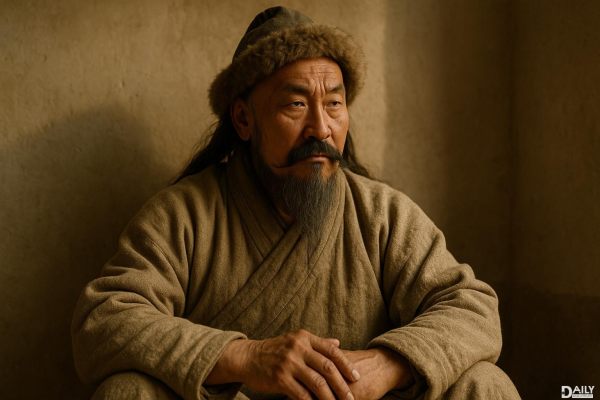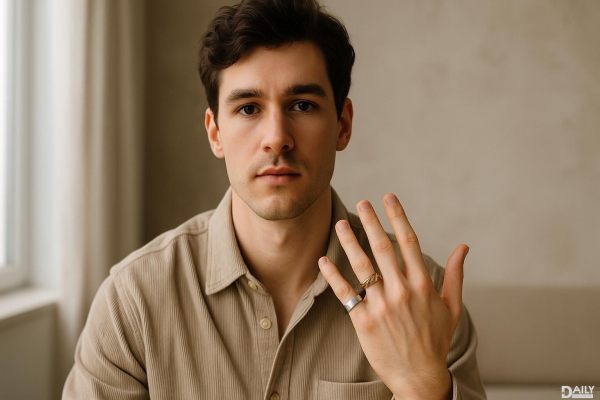Genghis Khan's mustache didn't just sit on his upper lip—it commanded respect, instilled fear, and became a symbol of his unstoppable empire. While historians debate whether his facial hair directly contributed to his military genius, there's no denying that the Great Khan's iconic whiskers played a psychological role in shaping his legend. From the steppes of Mongolia to the courts of conquered nations, that mustache wasn't just personal grooming—it was a power move.

Before tanks or drones, Genghis Khan had his mustache. In an era where facial hair symbolized virility and authority, his well-groomed yet rugged look sent a message before he even spoke. Imagine being a rival warlord staring down a man whose mustache seemed to curl with the same intensity as his battle strategies. Historical accounts suggest that Khan's enemies often fixated on his appearance—his piercing gaze framed by that distinctive mustache made him appear larger than life. Some scholars argue that his facial hair wasn't just about aesthetics; it was a calculated part of his intimidation tactics. After all, if you're going to unite warring tribes and crush empires, why not do it with style?
In Mongol culture, facial hair wasn't just a fashion statement—it was a badge of honor. Warriors took pride in their beards and mustaches, seeing them as marks of experience and strength. Genghis Khan's particular style—thick but neatly trimmed—walked the line between wild conqueror and disciplined ruler. Unlike the unkempt beards of some nomadic leaders, his mustache suggested control, a subtle hint that he wasn’t just a brute but a strategist. Even today, Mongolian traditions hold facial hair in high regard, and it’s hard not to wonder if Khan’s legacy influenced that. Maybe his mustache wasn’t just his own—it was a cultural signature, a way of saying, "This is what power looks like."
Genghis Khan knew the power of imagery. Coins, tapestries, and later paintings often exaggerated his mustache, turning it into an emblem of his rule. Some depictions made it bushier, others more refined, but it was always there—front and center. This wasn’t accidental. In an age before mass media, rulers used symbols to cement their authority, and Khan’s mustache became one of his most recognizable trademarks. Even now, modern portrayals of him rarely skip the facial hair, proving that his image—mustache included—transcended time. Whether he intended it or not, that mustache became part of the brand, a visual shorthand for "don’t mess with me."
Let’s be real—no mustache, no matter how glorious, can single-handedly topple empires. But did it contribute to his aura? Absolutely. Leadership in the 13th century wasn’t just about tactics; it was about presence. Genghis Khan’s ability to inspire loyalty (and fear) came from his reputation, his victories, and yes, probably his mustache too. There’s a reason so many conquerors—from Napoleon to Stalin—carefully cultivated their public image. Khan’s facial hair was part of that package, a detail that made him instantly recognizable and, in a way, mythic. So while his military genius did the heavy lifting, his mustache might’ve been the cherry on top of the world-domination sundae.
Genghis Khan’s mustache wasn’t the secret to his power, but it was part of the legend—a small but mighty detail in the story of history’s greatest conqueror. Whether it intimidated his enemies, inspired his troops, or just looked really cool, one thing’s for sure: that mustache wasn’t just facial hair. It was a statement. And centuries later, we’re still talking about it.
























